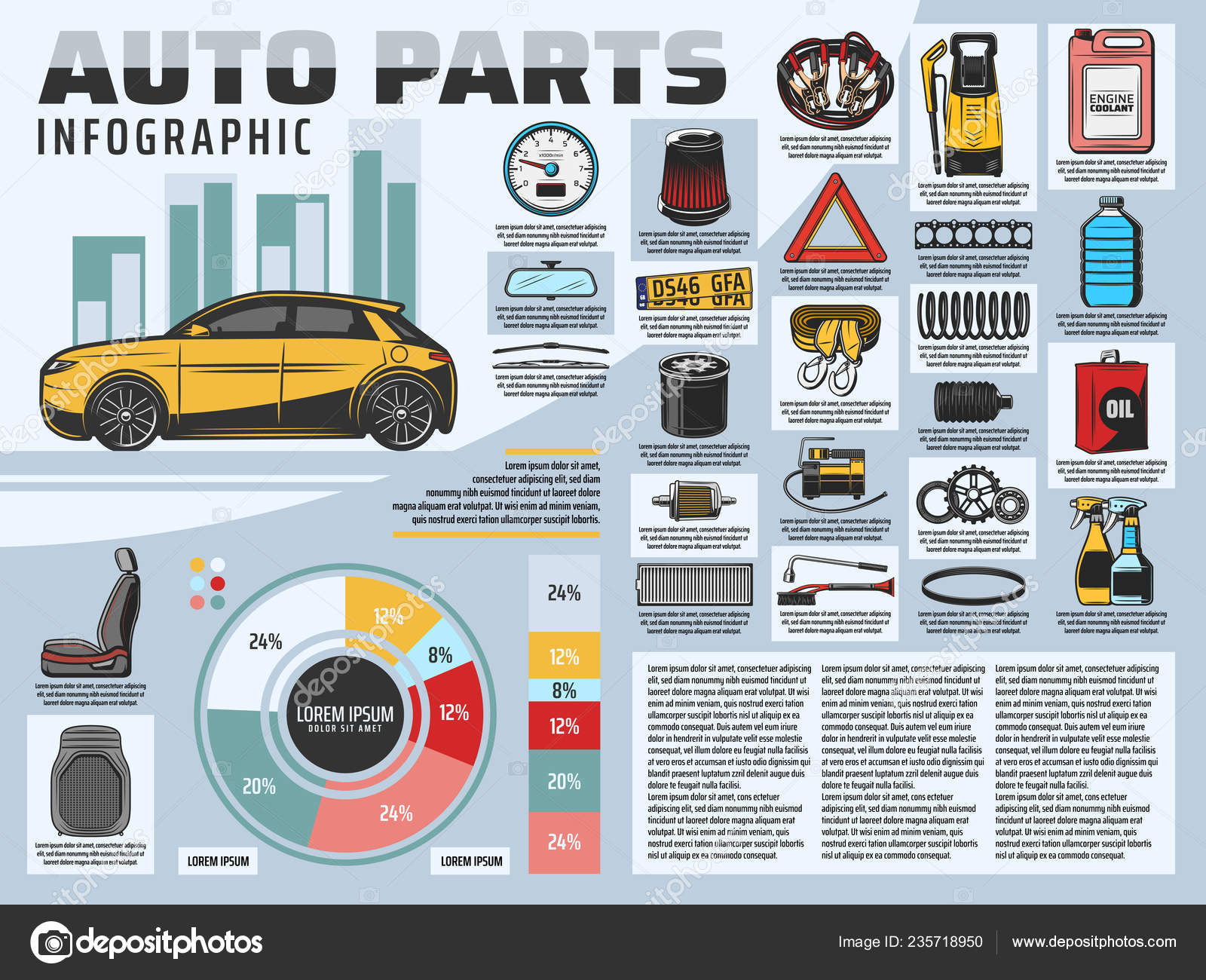Evaluating Your Auto'S Caution Indicators: What They Really Share
Evaluating Your Auto'S Caution Indicators: What They Really Share
Blog Article
Uploaded By-Boye Stark
When you lag the wheel, those radiant warning lights on your control panel can be a bit bewildering. Do you know what they're trying to inform you concerning your automobile's health and wellness? Comprehending the value of these lights is crucial for your safety and the longevity of your car. So, the following time among those lights pops up, wouldn't you want to decipher its message accurately and take the necessary steps to resolve it?
Common Warning Lights and Interpretations
Recognize typical caution lights in your automobile and understand their significances to make sure secure driving.
car cleaning inside of the most regular warning lights consist of the check engine light, which signals issues with the engine or exhausts system. If this light begins, it's essential to have your automobile inspected quickly.
The oil stress cautioning light shows reduced oil pressure, requiring instant focus to stop engine damages.
A blinking battery light might recommend a damaged billing system, possibly leaving you stranded otherwise attended to.
The tire pressure surveillance system (TPMS) light alerts you to reduced tire pressure, affecting car security and gas effectiveness. Ignoring this could cause dangerous driving problems.
The abdominal light shows an issue with the anti-lock stopping system, endangering your capability to quit swiftly in emergencies.
Last but not least, the coolant temperature alerting light warns of engine getting too hot, which can lead to severe damages if not settled promptly.
Recognizing these typical warning lights will help you resolve problems quickly and maintain risk-free driving conditions.
Significance of Prompt Attention
Comprehending the common warning lights in your car is just the initial step; the value of promptly resolving these cautions can't be highlighted sufficient to guarantee your safety when traveling.
When a warning light illuminates on your dashboard, it's your car's way of communicating a possible concern that requires focus. Ignoring these cautions can cause much more serious issues down the road, endangering your safety and security and potentially costing you extra in repairs.
Prompt focus to alerting lights can prevent breakdowns and crashes. For instance, a flashing check engine light could show a misfire that, if left unattended, might create damage to the catalytic converter. Resolving this immediately can save you from an expensive repair work.
Similarly, autodetailingauckland warning light may signal reduced brake liquid or used brake pads, critical parts for your safety and security when driving.
DIY Troubleshooting Tips
If you observe a warning light on your dashboard, there are a couple of DIY repairing tips you can attempt prior to looking for professional aid.
The first step is to consult your automobile's handbook to understand what the certain warning light suggests. In some cases the problem can be as simple as a loose gas cap setting off the check engine light. Tightening the gas cap might settle the trouble.
One more common issue is a low battery, which can trigger different alerting lights. Examining the battery connections for corrosion and guaranteeing they're secure might fix the trouble.
If a warning light continues, you can try resetting it by separating the cars and truck's battery for a couple of mins and afterwards reconnecting it. In addition, inspecting your automobile's liquid degrees, such as oil, coolant, and brake liquid, can assist troubleshoot cautioning lights associated with these systems.
Final thought
In conclusion, understanding your car's warning lights is essential for keeping your car running smoothly and securely. By immediately resolving these informs and recognizing what they mean, you can prevent pricey repair work and potential malfunctions.
Remember to consult your automobile's guidebook for particular details on each cautioning light and act as necessary to make certain a trouble-free driving experience.
Keep educated, remain safe on the road!
